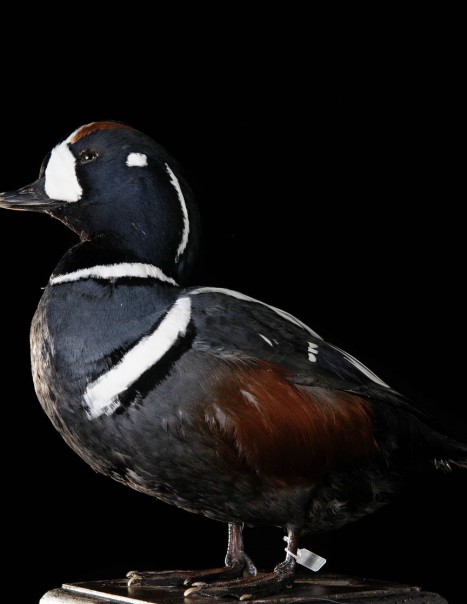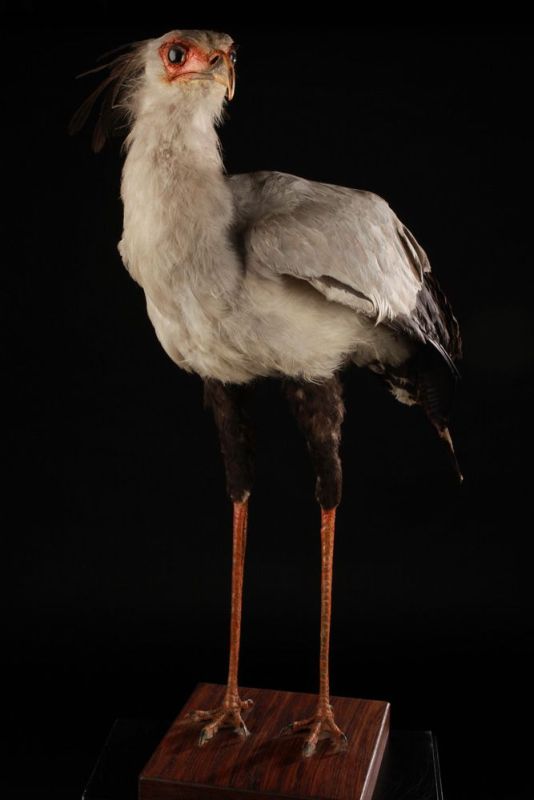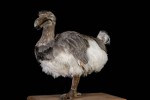Harlequin duck – Histrionicus histrionicus
Harlequin duck-Histrionicus histrionicus
The harlequin duck is a diving duck species of the Anatidae family.
Harlequin Duck is a small duck that measures 38 to 45 cm, it is very dark and has a short beak. In breeding plumage, the male has a dark blue-gray plumage, looking away with black sides and brown spots and white stripes on the head, neck and chest. Inter nuptial plumage, it resembles female but differs from above the dark slate body and the lack of white on the chest. The female is uniformly dark brown with white chest, two indistinct white spots before the eyes. Males weigh on average 650 grams and females weigh 100 g less.
It frequently gathers in dense bands with simultaneous movements. It swims gracefully shaking its head constantly and often under the tail. During the dives, the wings are open when the current is fast. This serves to keep their balance.
In Iceland, Harlequin feed on insects, larvae, pulp, flies. During the winter period, they feed on crustaceans, mollusks and they feed by diving.
Individuals reproduce at the age of two. Nests are built on the ground under bushes or plant debris in the truncated trees or in rock cavities. Nests are built by the females and placed within five meters of water. The female lays an average of six eggs. Incubation begins with the laying of the last egg and lasts about 28 days. The chicks are precocial hatching. The male leaves the nest site at the beginning of the incubation period and leaves the care of the female ducklings.This bird breeds on islands in torrents, often near the rapids and waterfalls. It disperses during the nesting period and winters along the rugged coastline with many submerged reefs.
This species nests in Quebec, Labrador, on Baffin Island, New Brunswick, Newfoundland, in Alaska to California, Iceland, Greenland Asia. It may stray to Britain, Scandinavia, Germany, France and Italy.





